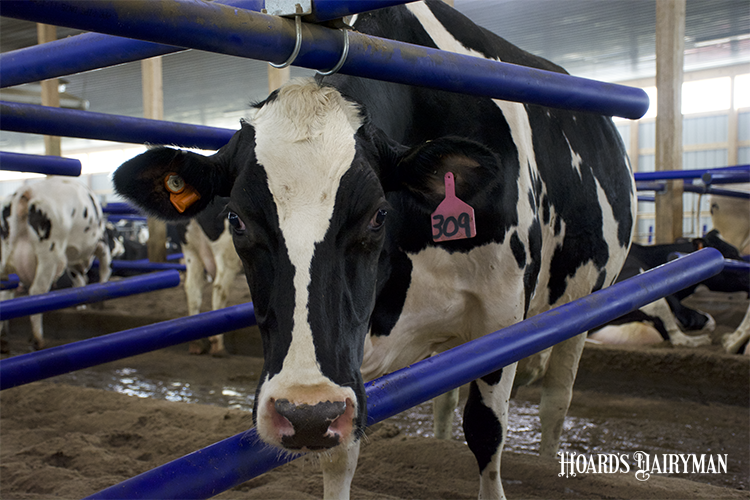
Even when it feels like an animal gets sick out of the blue, disease is never an accident. It occurs when an interaction develops between a pathogen, a host, and the host’s environment. Avoiding disease requires balancing those three legs.
The environmental factors that either lead to or prevent disease are often obvious. Stocking density, ventilation, temperature, age of pen mates, and cleanliness are just a few of the factors that make disease more or less likely, noted Ernest Hovingh in a Penn State Extension webinar.
Characteristics of the pathogen also influence if and how severely an infected animal may get sick. “Different bacteria and viruses will have factors that will make them more or less infective,” continued the extension veterinarian. “You don’t need to know everything about every bacteria or virus, but an idea is useful to know what’s out there.” For example, you may only need to be concerned about some less infective pathogens if there is direct animal contact. If it is simply in the environment, there is less of a chance of serious disease.
Given a pathogen’s infectivity and the opportunity to infect an environment, the final factor that will determine if a disease occurs is the animal. Its age, production status, and genetics all play a role in infection, Hovingh said. Here is also where immunity and resistance come in. The need for passive and active immunity is why it is so important to provide colostrum at birth and vaccines throughout life. Hovingh said innate resistance is provided in the form of healthy skin.
All of the measures that aim to prevent the introduction or spread of harmful organisms to minimize the risk of disease fall under the broad category of biosecurity. Working to minimize each of the three risks make a difference in avoiding illness, and Hovingh encouraged all farms and their employees to think “biosecurely.”
Build resistance
Biosecurity is necessary because it is extremely difficult to maintain a “closed” herd — it consists of more than not bringing in outside animals. To fully be a closed herd, one also needs to avoid buying any outside feed, comingling animals of different ages, having any vermin or exposure to wildlife, using livestock haulers, and having employees with animals at home, Hovingh outlined.
One way to prevent disease is, of course, to have no pathogens. Think of this strategy as the measures the swine industry takes to avoid introducing bacteria and viruses. But on dairies, this is less feasible. Additionally, it creates a real compromise if a pathogen does show up.
Instead, it is important to always have biosecurity practices in place to make the environment and host as resistant as possible, Hovingh advised. “If we can have a good environment, that’s going to be good for the animal whether or not we have a pathogen. That’s a win-win,” the veterinarian said.
Direct contact with a sick animal is the most common transmission route, but consider that pathogens may be airborne, bloodborne, or transferred through fecal or oral routes. Inanimate objects like boots or calf bottles can also transmit disease. While individual pathogens will vary, taking a broad approach to avoiding the transfer of disease will have the most effect, Hovingh stated.
To create a mindset of preventing illness, train all employees on biosecurity practices. Think about cross contamination and the order tasks are completed in addition to measures like proper disinfection. In general, keep the three requirements of disease in mind to guide your daily jobs. “It’s pretty easy to limit the risks if you understand what the risks are,” Hovingh said.








